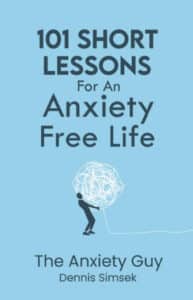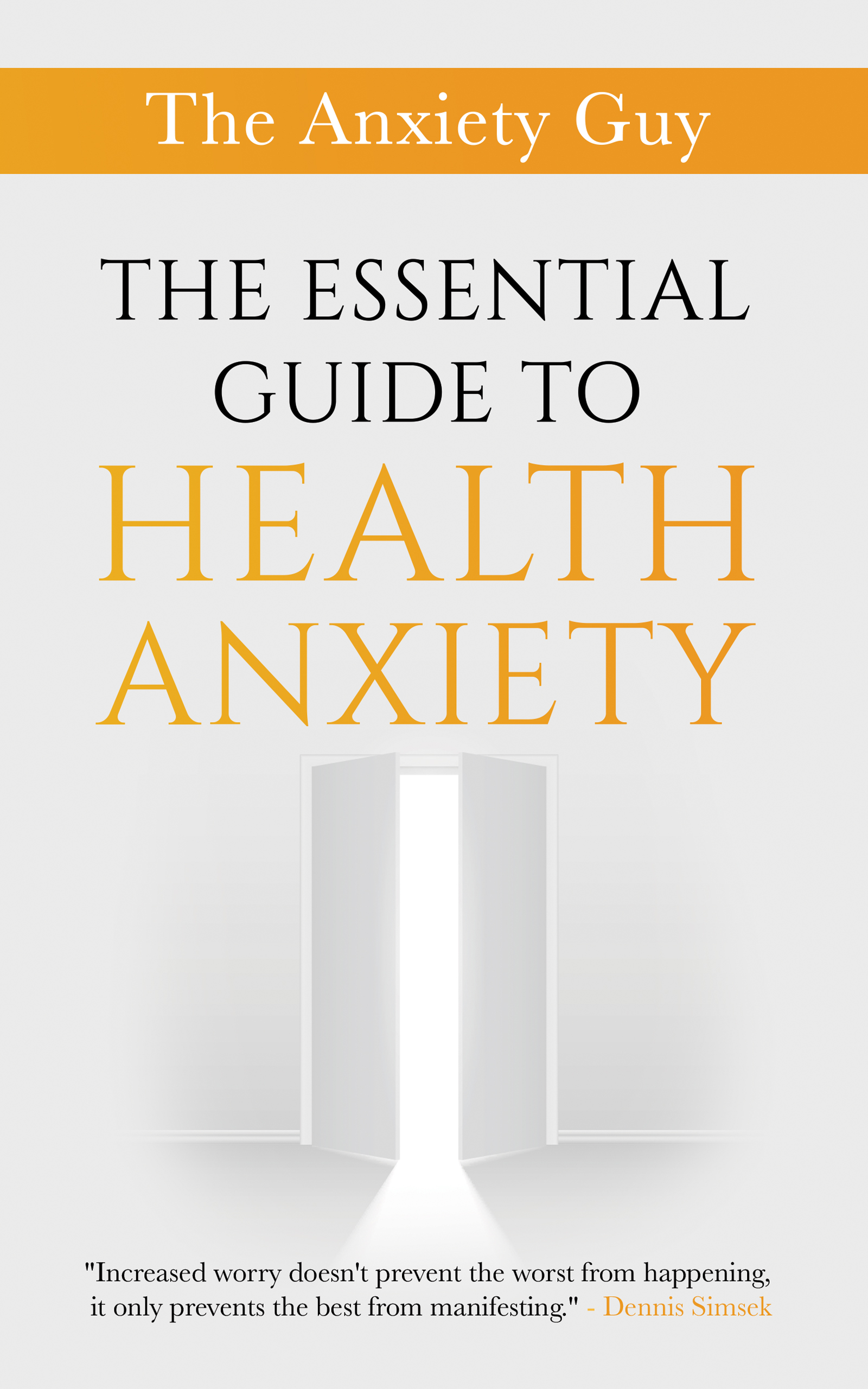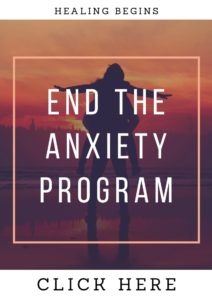Your nervous system didn’t become dysregulated overnight—and it’s not going to regulate overnight either. But here’s what I’ve seen over and over again in the incredible people who’ve walked through my guidance: once they commit to gently showing up for themselves daily, they begin to heal for good. The anxiety, the fear, the wired feelings—they soften. And they begin to reconnect with a sense of safety that was always there, waiting. If you’re ready to regulate your nervous system and restore calm, these 10 practices can help you build that solid, peaceful foundation one day at a time.
1. Start with the Physiological Sigh
The physiological sigh is a built-in mechanism your body already knows how to use—it’s often triggered naturally after crying or when we’re trying to calm ourselves down. The technique is simple: take a long inhale through the nose, then take a second short sip of air at the top of that breath, followed by a slow, extended exhale through the mouth.
This technique directly communicates with your nervous system, telling it, “We’re safe. You can relax now.” It brings down the heart rate, increases CO2 tolerance (which matters a lot when anxiety has you over-breathing), and resets the autonomic nervous system.
What I’ve seen: Clients who begin incorporating this 3–5 times a day report fewer panic sensations, clearer thinking, and better sleep. It’s especially effective right before a triggering event or transition, like getting in the car or going to bed.
2. Surrender Sessions (YouTube)
The Surrender Sessions on my YouTube channel aren’t just meditations—they’re guided nervous system training experiences. They combine breath, gentle suggestion, sound, and awareness to help you move from a state of internal resistance to a place of soft allowing.
Most people don’t realize how much mental tension they’re carrying until they hear the words “you can stop trying now.” In that moment, the body often takes a spontaneous deep breath and finally lets go. That’s the beginning of restoring calm.
What I’ve seen: So many in my anxiety recovery programs listen to these sessions daily—some in the morning to start their day grounded, others at night to release the residue of stress. They often describe a “weight lifted off their chest,” improved digestion, and a noticeable drop in racing thoughts over time.
3. Practice Self-Touch and Self-Massage
When you gently place your hand on your chest, cup your face, or softly massage your shoulders, you’re sending a powerful message to your nervous system: “I’ve got you.” This is especially healing if physical touch was associated with fear or uncertainty in childhood.
Oxytocin (the “bonding hormone”) is released through touch—even when it comes from yourself. This promotes parasympathetic activation, reducing cortisol and helping you settle.
What I’ve seen: Self-touch can often unlocks tears or emotional release. Clients report feeling grounded, connected, and less fragmented. One woman even described it as “the first time I felt like my body belonged to me, not to my anxiety.”
4. The Attitude of Patience
This one’s subtle but huge. The anxious mind wants fast results. It’s hyper-focused on “getting better” and often measures progress by symptom elimination. But the nervous system doesn’t respond to pressure—it responds to safety.
When you adopt an attitude of patience, you stop rushing the process. You begin trusting your body again. You see symptoms as messengers, not threats. That shift alone can reduce sympathetic activation dramatically.
What I’ve seen: People who embrace this mindset feel less discouraged when symptoms return. They stop yo-yoing between hope and despair. Instead, they grow steady, resilient, and empowered. And ironically, healing speeds up when it’s not being forced.
5. Gentle Movement Every Day
Your nervous system doesn’t just regulate through stillness—it often needs movement. Gentle exercise helps “complete” the stress response cycle, moving survival energy (like adrenaline and cortisol) out of your system so you’re not stuck in fight-or-flight all day.
This doesn’t mean high-intensity workouts. It means slow walks, stretching, dancing to your favorite calming song, or qigong—movements that reconnect you with your body without overwhelming it.
What I’ve seen: Clients who committed to just 15 minutes of gentle movement per day often report better emotional regulation, improved digestion, and fewer sudden anxiety spikes. One man shared that his evening walk became “the most therapeutic part of his day.”
6. Limit or Eliminate Stimulants
Stimulants like caffeine, energy drinks, and even certain pre-workout supplements can spike cortisol and adrenaline—two hormones that keep the nervous system on high alert. For someone already living in a chronically activated state, this creates a loop of wired exhaustion.
I’m not saying give up coffee forever—but experiment. Try one week without it and replace it with calming herbs like tulsi, lemon balm, or chamomile.
What I’ve seen: Clients who reduce or remove stimulants often say, “I didn’t realize how much this was keeping me anxious until I stopped.” Sleep improves, muscle tension eases, and the baseline nervous system tone begins to soften.
7. Create a Sleep Ritual
Sleep is when your body does its most profound healing work—but for many with nervous system dysregulation, sleep is broken, shallow, or elusive. Creating a consistent, soothing bedtime routine helps your system anticipate rest and repair.
Turn off screens an hour before bed, listen to a Surrender Session, dim the lights, and do something grounding like journaling or gentle stretching.
What I’ve seen: Once clients regulate their sleep patterns, everything else accelerates—mood improves, cravings stabilize, and their nervous system becomes more adaptable. One participant said, “Once I started respecting my sleep, my anxiety began respecting me back.”
8. Higher Awareness of Self-Talk (CBT-Inspired)
Your thoughts don’t just passively exist—they shape your nervous system’s response. When your internal dialogue is full of catastrophic predictions, your body will respond accordingly—with tension, panic, and hypervigilance.
But when you begin to question your thoughts and soften them—adding more neutral or compassionate statements—you begin to create safety inside your mind.
What I’ve seen: This practice is a game-changer for people with health anxiety and obsessive worry. By noticing and challenging black-and-white thinking patterns, they report fewer “mental spirals” and a greater sense of agency over their responses. It’s a powerful way to regulate your nervous system and restore calm from the inside out.
9. Spend Time in Nature
Nature is medicine for a sensitive system. The sights, sounds, and smells of natural environments send powerful cues of safety to the brain. Even five minutes outside can lower cortisol, regulate your heart rate, and increase vagal tone.
Try to get natural light in your eyes first thing in the morning. Walk barefoot on the grass. Listen to the birds.
What I’ve seen: People who intentionally connect with nature as part of their healing journey report feeling more grounded, more present, and less trapped in their thoughts. Nature helps shift them from “doing” to simply being.
10. Reach Out for Support
You’re not supposed to heal alone. In fact, co-regulation—the nervous system syncing that happens when you’re in the presence of someone calm, caring, and present—is one of the most effective ways to regulate your own system.
Whether it’s through a program, a therapist, a coach, or a safe friend, allowing yourself to be seen and supported can dramatically reduce the internal threat response.
What I’ve seen: Clients often say that having a space where they don’t have to “perform” or explain themselves helps their nervous system finally breathe. One woman told me, “When I realized I didn’t have to do this alone, I finally started to feel safe again.”
Final Thought
Your nervous system isn’t the enemy—it’s trying to protect you with the tools it learned a long time ago. But now you’re learning something new. You’re offering your system new evidence of safety, day by day.
These practices aren’t just habits—they’re signals. They’re telling your body: “I hear you. I’m with you. You’re allowed to rest now.”
To regulate your nervous system and restore calm is not about doing more. It’s about doing less—but with more intention.
And as you begin to live this way, don’t be surprised if peace starts to feel like your new normal.
Remember, you are more than anxiety 🙂
Dennis



















